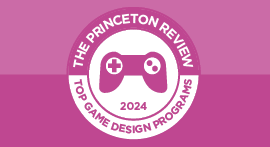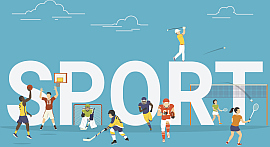Digital Communications and Media/Multimedia
Overview
Digital communications are just what they sound like: communications performed with and by digital technology. Multimedia developers and managers use digital communications methods to create any variety of entertainment, graphic design, and artistic productions.
If you major in this field, you’ll learn the fundamentals of digital communication, including computer programming, teleprocessing, graphic design, photography, and audio and video production. You’ll learn how to build websites and create 3D animation. You’ll learn about CD-ROM production and computer imaging. All of these methods of digital communication together constitute the “multi” nature of “multimedia.” You’ll also learn about the laws and regulations in place for digital communications, and what our role is in the development and use of new technologies.
Multimedia, as you probably know, is a rapidly expanding field. Been to a museum lately? Then you’ve probably seen video installations and interactive works of art. Heard about e-books? A hardcover paper volume isn’t the only way to publish or read novels anymore. Multimedia is evident on websites that involve animation and virtual reality, photography, and audio. The field is new, exciting, and evolving; and it’s nearly impossible to define or set bounds for it because your major in digital communications and media/multimedia will be largely defined by your own ideas and experiments.
- $55,784 Tuition
- 1370 Avg SAT
- 14,001 Enrolled
- $24,836 Tuition
- 880 Avg SAT
- 905 Enrolled
View All Digital Communications and Media/Multimedia Schools
SAMPLE CURRICULUM
CD-ROM Production
Computer Applications: Access, SQL, JavaScript, .ASP, XML, etc.
Computer Literacy and Productivity
Computer-Aided Graphic Arts
Digital Illustration
Information Architecture
Internet and Electronic Commerce
Multimedia Design
Visual Design
Web Programming
Web Publishing
Website Construction and Design
HIGH SCHOOl PREPARATION
GRADUATE PROGRAMS & CAREERS
Explore Colleges For You
Connect with our featured colleges to find schools that both match your interests and are looking for students like you.
Top Schools for Game Design
Ready to create the next great app? Launch your gaming career at one of these top 50 programs.
Best 390 Colleges
168,000 students rate everything from their professors to their campus social scene.
Get Started on Athletic Scholarships & Recruiting!
Join athletes who were discovered, recruited & often received scholarships after connecting with NCSA's 42,000 strong network of coaches.



